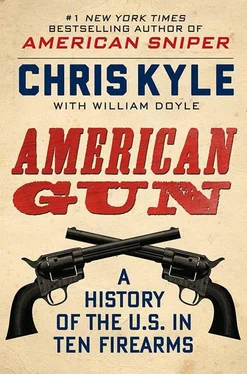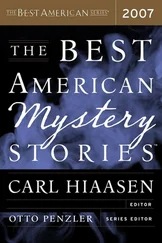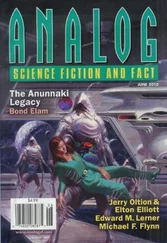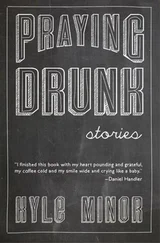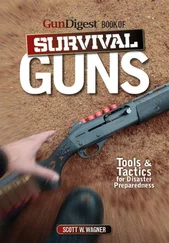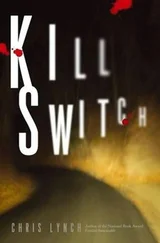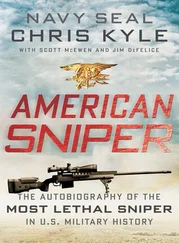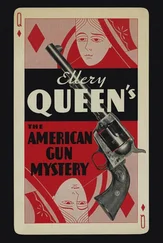When used:Continuously, from its introduction in 1911 to the present day
Primary users:Military, police, civilian
Major conflicts involved in:World War I, World War II, Korea and Vietnam
Trivia:In WWII, the U.S. military designated the gun “Automatic Pistol, Caliber .45, M1911.” (Current terminology deems the gun a semi-automatic.)
A .22 caliber version was developed as a training aid for the Army.

Nickname:Tommy Gun, Trench Broom, The Chopper, Chicago Typewriter, The Gun That Made the ’20s Roar
First designed by:John T. Thompson
Type:Submachine gun
Predecessor:While large machine guns predate the Thompson, the weapon defined the submachine gun category when introduced in 1919
Caliber:.45
Notable features:Forward grip, drum magazine (interchangeable with stick magazine on most but not all models)
When used:Developed in 1919, most popular during Prohibition and WWII
Variants:The first production model was the M1921. Various improvements and refinements continued over the years, especially with the advent of war. The main military variants were the 1928A1 and M1.
Rivals:The Browning Automatic Rifle or BAR is sometimes cited as a competitor for the title of first submachine gun. But the weight and length of the BAR, along with its selective fire mode, make it more a processor of the assault rifle or, alternatively, what today is commonly called a “squad level machine gun”—a light machine gun that can be carried and operated by one man, such as the FN Minimi.
Trivia:It is estimated that 1.5 million Thompsons were produced for the U.S. military during WWII

First designed by:John Garand
Type:rifle, gas-operated, semi-automatic
Predecessor:The M1 was selected after a competition with another Garand design and a rifle by John D. Pedersen. It was the first truly successful gas-operated semi-automatic infantry rifle in the world
Caliber:.30–06
Magazine/clip size:8 bullets
Notable features:Loads from the top; can be fieldstripped with no tools
When used:Primarily WWII and Korea. Recreational use continues to the present day. The M1 is also used by some color guards and drill teams.
Countries where used:U.S., West Germany, Italy, Japan, Denmark, Greece, Turkey, Iran, South Korea
Trivia:The gun’s inventor was Canadian
.38 SPECIAL POLICE REVOLVER
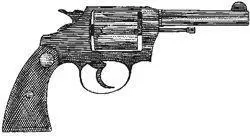
Nickname:“.38 Special” is a generic nickname for revolvers chamber in .38 Special and related calibers
Type:Revolver, double action, 5 or 6 shots
Predecessor:Assorted revolvers; the most famous was probably the Colt New Army Special, chambered for .38 Long
Caliber:.38
Notable features:Easy to load, simple to maintain, rugged and dependable, available in a number of barrel lengths and sizes
When used:Early 20th century to present day
Used by:Police and recreational users as well as for personal-protection
Major manufacturers:The classic examples are from Colt and Smith & Wesson. But many other manufacturers have had success with pistols chambered for different .38 caliber rounds and continue to offer them, most notably Ruger and Taurus International.

First designed by:Eugene Stoner for ArmaLite
Type:Assault rifle, gas-operated, selective fire, automatic
Predecessor:AR-10
Caliber:5.56 mm (.223 caliber)
Notable features:Selectable three-round burst or full automatic (depending on model). Current military-issue magazine holds 30 rounds; original held 20.
When used:First introduced in 1963, the gun has been the standard military rifle for American soldiers ever since.
Notable family members:AR-15, M16A1, M16A2, M16A3, M16A4, M4 carbine, MK12 Special Purpose Rifle (SPR)
Manufacturer:Colt’s Manufacturing Company, Colt Defense LLC. Members of the AR15 family are produced by a number of other companies
Materials:Aluminum, plastic, steel
Trivia:The Marine Corps’ current bayonet for the M16 is the OKC-3S, which replaced the M7. A version of the M16 is made specifically to fire from the ports of the Bradley Fighting Vehicle; it is the M231.
Key sources for this book include the resources of the National Firearms Museum in Fairfax, Virginia; the publications American Rifleman, Guns and Ammo, Gun Digest, and American Handgunner; and the research and historical collections of the New York Public Library. Interviews with Doug Wicklund, senior curator of the National Firearms Museum, also provided valuable historical detail, as did American Rifle, A Biography by Alexander Rose, 2008. In addition, The Sinews of War, Army Logistic, 1775–1953, by James A. Huston, 1997, provided information on problems with U.S. Army Ordnance and weapon selection through the years.
Chapter 1: The American Long Rifle
“I never in my life saw better rifles”: Henry J. Kauffman, The Pennsylvania-Kentucky Rifle (1960), p. 24.
Timothy Murphy and Battle of Saratoga detail: Richard M. Ketchum, Saratoga: Turning Point of America’s Revolutionary War (1997); Richard Worth, Saratoga (2002); Timothy Murphy: Frontier Rifleman, New York State Military Museum and Veterans Research Center website; William Conant Church, “General Burgoyne’s Original Order Book,” The Galaxy Magazine, June 1876/January 1877. Note: there is some historical dispute over whether the sniper’s actual name was Timothy Murphy.
In his autobiography, Sam Houston described his father as having served with Daniel Morgan’s riflemen. I have not yet located additional records to pinpoint exactly when and where this service took place, as unit rosters from the Revolutionary War are often incomplete or lost to history, and units were periodically attached to various different units and commands. Also, American “after-action reports” in that war were very spotty, and do not often contain precise inventories of weapons used.
“when they understood they were opposed”: Roger D. McGrath, The American Rifleman in the Revolutionary War, The New American, September 13, 2010.
Detail of the Battle of Cowpens is mainly from Lawrence E. Babits, Devil of a Whipping: The Battle of Cowpens (1998); and Kenneth Lewis Roberts, The Battle of Cowpens (1958). I’m most grateful to Cowpens historians Lawrence Babits and John Robertson for additional details and perspective they shared with me.
Читать дальше
